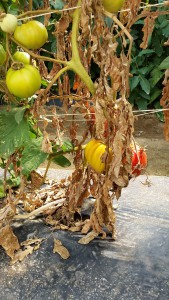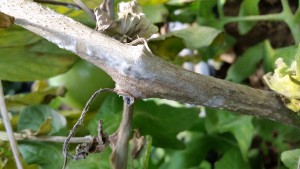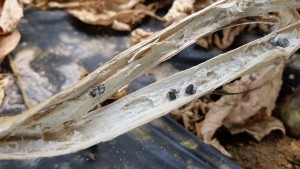Salem County: Two plus inches of June precipitation on the 9th and 12th carried non-irrigated corn and soybean through the month with only trace amounts of precipitation until the 24th when some areas received another half inch.
In exceptionally wet fields, climbing humidity levels on the 13th, 14th, and 15th were high enough to allow for foliar disease development in beans.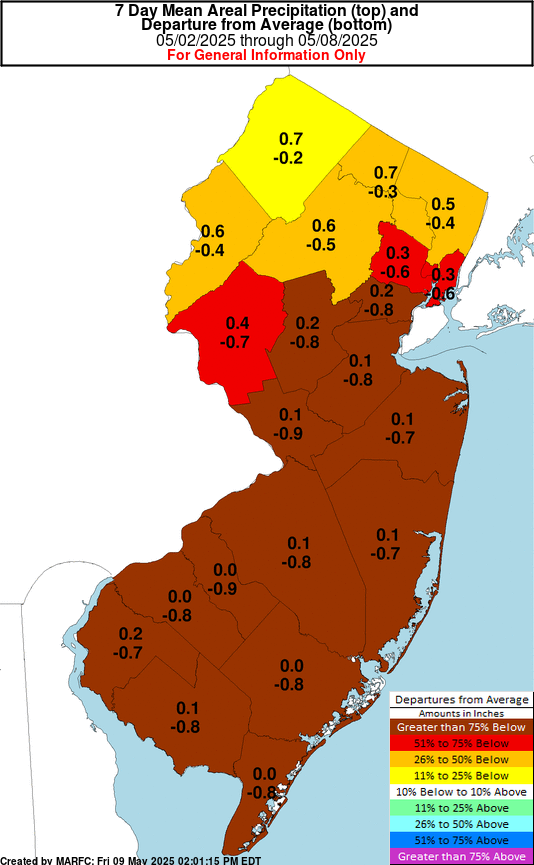 But the following week of low humidity was less than conducive for disease proliferation until the 22nd through the 25th when humidity levels briefly rose and remained in the high 80’s and 90’s for three days, before dropping nicely to the mid 60’s the last two days of June. However, wind speeds of 15 to 25 mph from June 13th to June 19th wicked moisture out of corn and soybeans leaving the crops in a moisture deficit.
But the following week of low humidity was less than conducive for disease proliferation until the 22nd through the 25th when humidity levels briefly rose and remained in the high 80’s and 90’s for three days, before dropping nicely to the mid 60’s the last two days of June. However, wind speeds of 15 to 25 mph from June 13th to June 19th wicked moisture out of corn and soybeans leaving the crops in a moisture deficit.
This is confirmed in ‘The Evaporative Demand Drought Index’ (EDDI) monitoring tool for South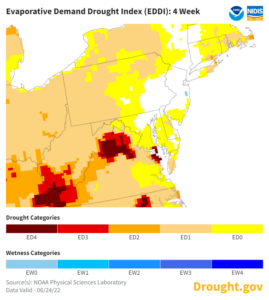 -Jersey. This tool created by the NOAA Physical Science Laboratory is an indicator of both rapidly evolving “flash” droughts and sustained droughts. “EDDI can offer early warning of agricultural drought, hydrologic drought, and fire-weather risk.”
-Jersey. This tool created by the NOAA Physical Science Laboratory is an indicator of both rapidly evolving “flash” droughts and sustained droughts. “EDDI can offer early warning of agricultural drought, hydrologic drought, and fire-weather risk.”
Pest pressure: Producers should monitor beans for Japanese beetle, green stink bug and grasshopper feeding going into July and be alert to excessive damage from flea beetles on crops stressed from wind evaporation. Palmer amaranth is exceptionally tolerant to droughty conditions and thrives under stresses that wilt other pigweed species. Shattercane and johnsongrass are both warm-season grasses that also thrive under these weather conditions.
Mechanical options: In addition to chemical control options, if droughty evaporative weather persists, producers should consider manually removing seedhead stalks to protect maximum yield projections in soybeans. The ideal mechanical tool to do this would be a front mounted sickle bar mower. Do-it-yourself fabricators maybe interested in this attachment created specifically to deal with palmer amaranth by a Kansas farmer. (A cooperative build, purchase, may be a good investment for combine and spray rig operators in the County). https://www.rowshaver.com/
Forecast: Going into this weekend, the 24-hour precipitation forecast for
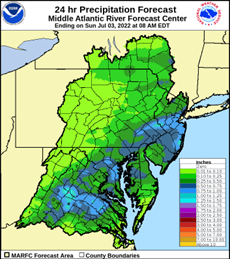 New Jersey anticipates a tenth of an inch to half inch of rainfall for most of Salem County through July 3 and much-needed swath probable for the northern counties where drought conditions the last seven days are 51% to 75% below normal.
New Jersey anticipates a tenth of an inch to half inch of rainfall for most of Salem County through July 3 and much-needed swath probable for the northern counties where drought conditions the last seven days are 51% to 75% below normal.
